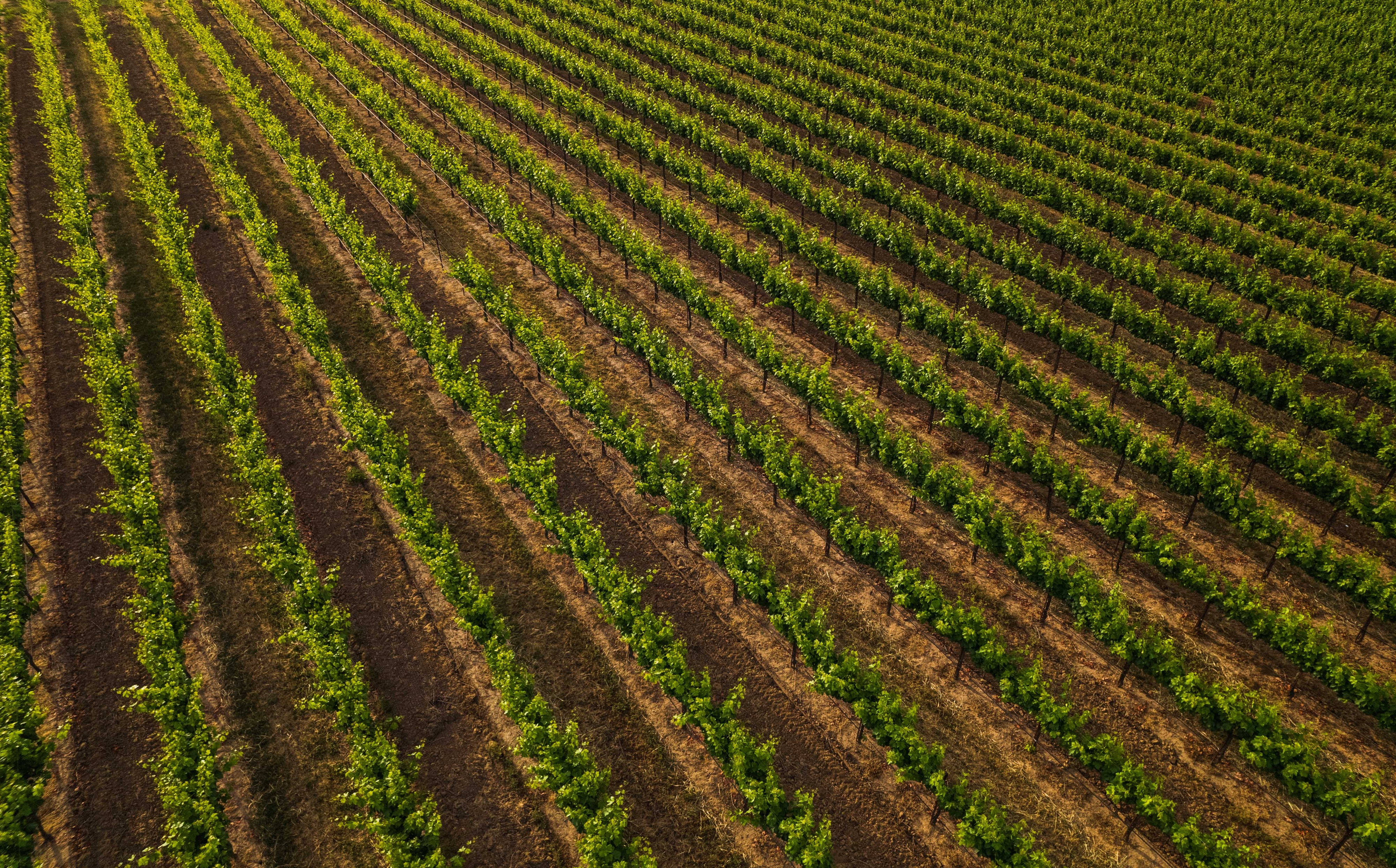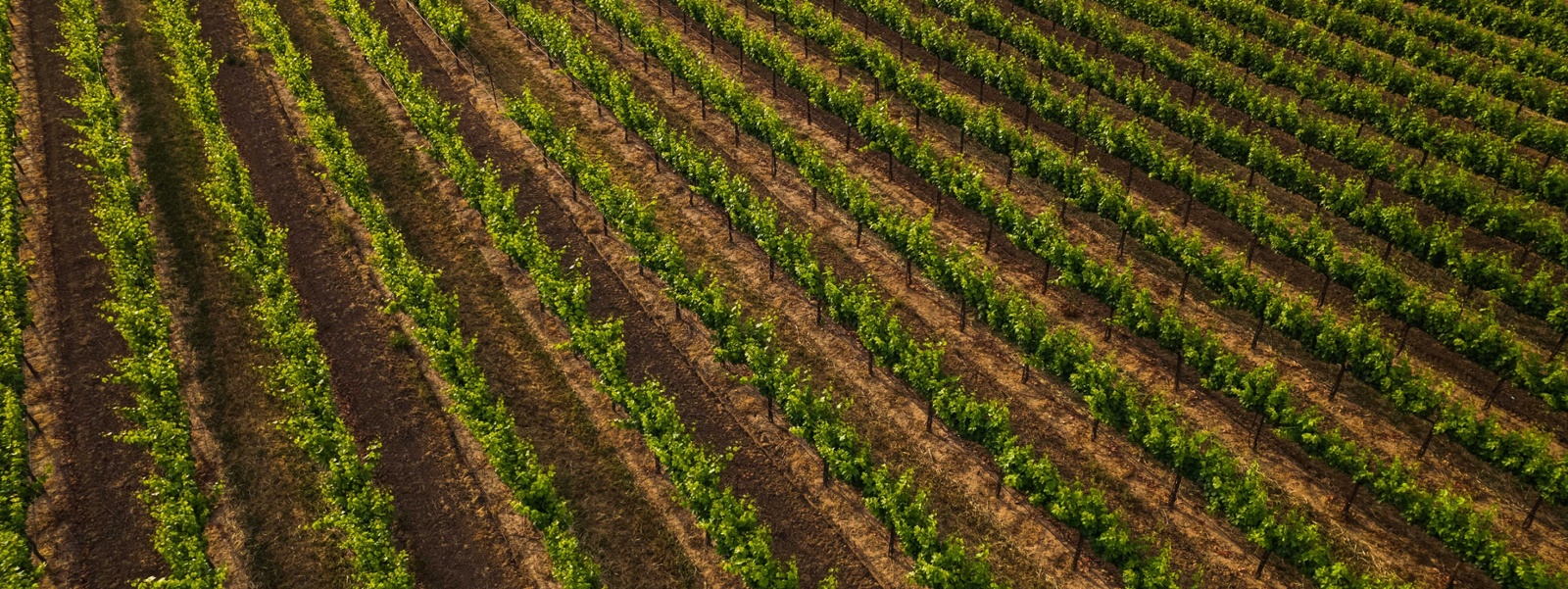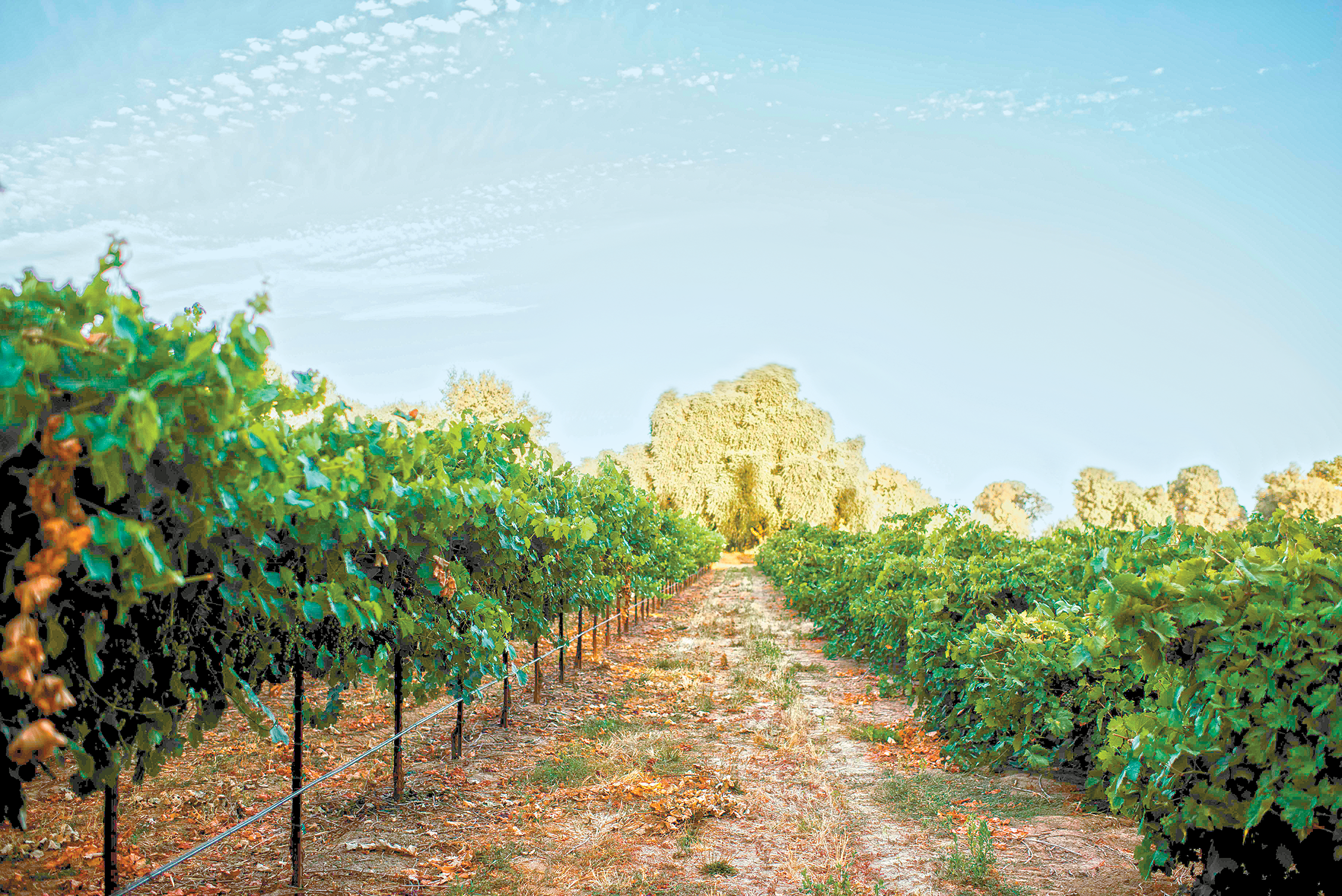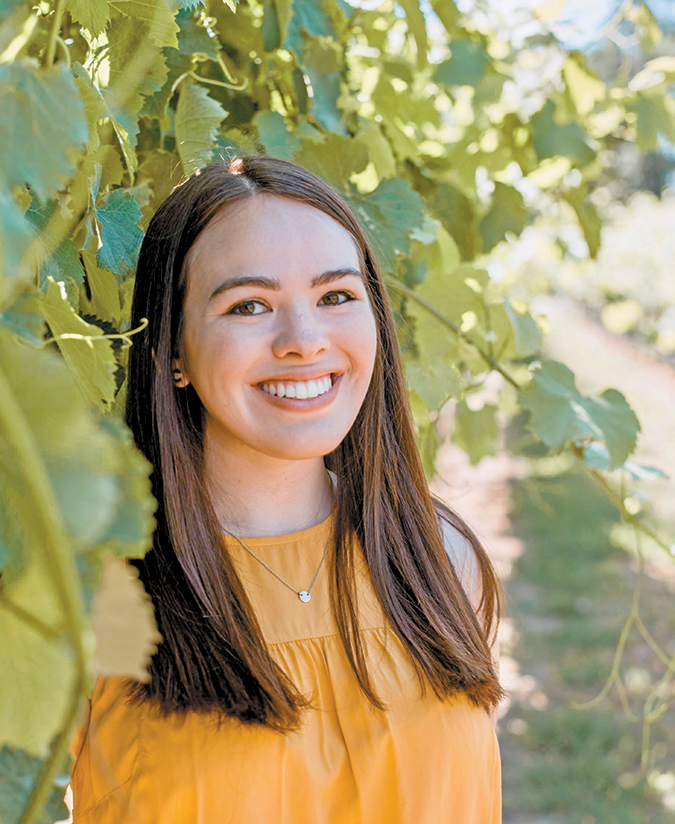Vineyards make progress in managing virus spread

At this San Joaquin County vineyard, an integrated management approach is used to limit the spread of the grapevine leafroll virus, first by controlling populations of the vine mealybug, the vector of the virus. Management efforts include scouting fields by foot, mapping infecting vines, testing samples and roguing, a technique of removing extra vines.
Photo/Courtesy LangeTwins Family Winery and Vineyards


Photo/Courtesy LangeTwins Family Winery and Vineyards

Photo/Courtesy LangeTwins Family Winery and Vineyards
By Bob Johnson
Winegrape growers in San Joaquin County are seeing success in some vineyards with a program aimed at limiting the spread of the grapevine leafroll virus, which can be a significant crop threat.
Maria Zumkeller, technical vineyard manager for LangeTwins Family Winery and Vineyards in Acampo, north of Lodi, said growers are experimenting with managing the spread of the virus, which remains a challenge and nearly impossible to eradicate.
Grapevine leafroll-associated viruses describe a host of different but related viruses. Grapevine leafroll-associated virus 3, or GLRaV-3, is the most widespread in the U.S.
“The foundation of our leafroll-3 management program begins with an integrated approach to control vine mealybug, the vector of the virus,” Zumkeller said during a presentation at the Sustainable Ag Expo and International Sustainable Wine Growing Summit this fall in San Luis Obispo.
She discussed a leafroll virus management program that was developed five years ago by growers and pest control advisors in the Lodi region. The effort was inspired by New Zealand winegrape growers who developed an integrated management program for the virus, Zumkeller said.
The vine mealybug is well established in all winegrape-growing regions of California. Zumkeller said the insects have high reproductive rates and are “very effective vectors of the virus,” which can be spread by wind, birds, ants and vineyard equipment.
Management efforts, she said, include scouting vineyards by foot, mapping infecting vines and testing samples. A technique known as roguing, or removal of infected and extra vines, can reduce the incidence of leafroll disease.
She detailed the results at a 45-acre cabernet vineyard at LangeTwins. There, 8% of the vines were rogued after being identified as having leafroll virus. The following year, the virus was contained to 0.1% of the vines.
“Roguing is likely helping to slow the spread of the virus in this vineyard,” Zumkeller said.
Growers may soon have help identifying and mapping infected vines. A team of researchers from California State University, Fresno, Cornell University and University of California Cooperative Extension is making progress using drone- or robot-mounted cameras that identify the disease by seeing light wavelengths invisible to the human eye. Using cameras on unmanned vehicles produce findings more quickly than scouting on foot.
Researchers tested the accuracy of the hyperspectral camera by lab testing 400 vines from Bronco Wine Co. in Madera and St. Supéry Estate Vineyards and Winery in Napa.
“We had pre-symptomatic accuracy of 85.6% and post-symptomatic accuracy of 87%,” said Luca Brillante, chair of the department of viticulture and enology at Fresno State. “An expert scout looking at images of the leaves had 50% accuracy.”
The hyperspectral camera gathers information about the leaf pigments and biochemicals even in diseased vines that do not show symptoms.
This is helpful because vines showing no signs of leafroll infection for months or years can still suffer reduced sugar accumulation and yields.
The California Department of Pesticide Regulation awarded the Lodi Winegrape Commission $400,000 to study whether dogs could be trained to identify viruses or mealybugs in vineyards.
Regardless of the detection method, it is important to remove infected vines, even if they are still performing well. While growers may meet brix and tonnage requirements, Zumkeller said, “there may be a critical point of virus incidence where that may no longer be the case.”
It is critical for growers to remain vigilant about the roguing program. When vineyards are not rogued, Zumkeller said, infection rates can effectively double.
“At this rate, if the virus and vine mealybug were left unmanaged in a vineyard, the virus could theoretically reach 100% before 15 years of production,” she said.
Maps of the infected vines removed every year are an essential part of the program.
“These maps can help us understand where the virus came from and how it is spreading,” Zumkeller said.
In the Lodi area, which produces 20.5% of the state’s winegrapes, growers and the Lodi Winegrape Commission have organized workgroups to address the crop threat. The commission also produced a detailed manual on managing viruses.
The first step in a leafroll program is to plant only vines that are certified as virus-free. When planting a new vineyard, it is wise to choose a location that is not close to a source of leafroll virus.
“Planting a new vineyard is costly, and ignoring grapevine viruses at and after planting could have severe financial implications,” Zumkeller said.
She said an effective leafroll management program “is one that starts early and is consistent.”
Brillante of Fresno State said the cost of a virus infection ranges from $10,000 to $16,000 an acre during the life of a vineyard. He said, “This problem costs the industry in California hundreds of millions per year.”
Zumkeller said early and consistent roguing may slow the spread of the virus and prolong the lifespan of the vineyard.
“We still have a lot left to learn,” Zumkeller said, “but we are operating on the theory that it is more cost effective to remove a small number of vines each year than to remove the vineyard well before 25 years of production.”
(Bob Johnson is a reporter in Monterey County. He may be contacted at bjohn11135@gmail.com.)




